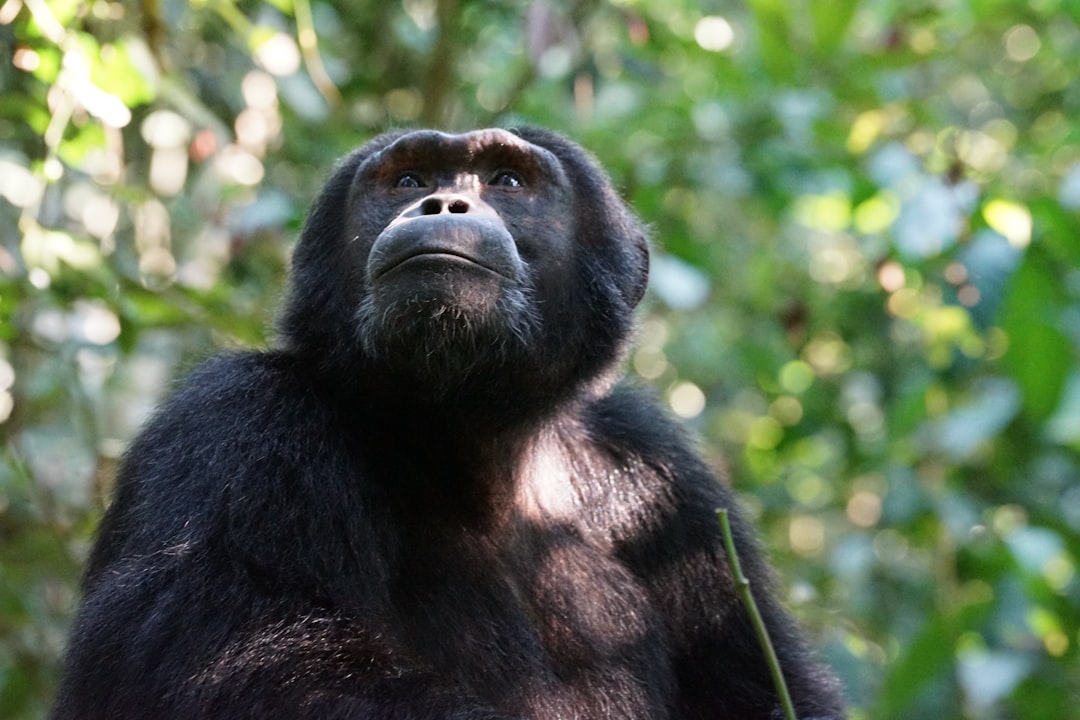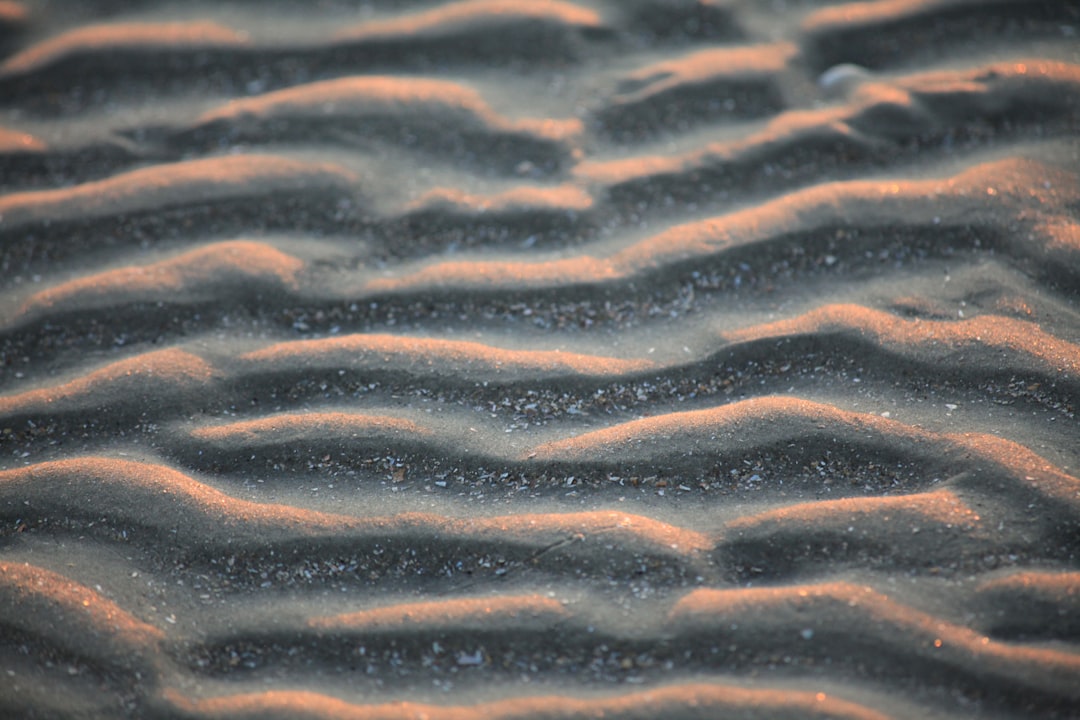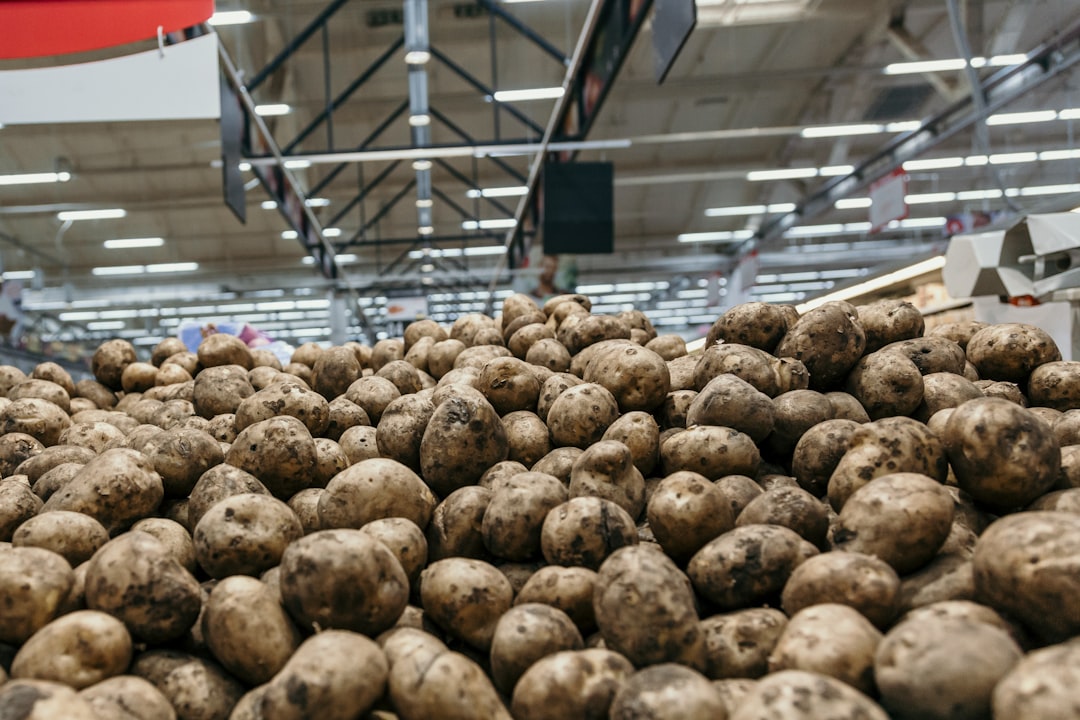Featured Image
Why is it important?
The Suape coastal zone has suffered since the 1980s the effects of anthropogenic action due to the construction of the industrial complex of Suape. This work aimed to evaluate the environmental conditions and possible eutrophication processes of the area. Six campaigns were carried out, three in the dry season (November 2015, January and April 2016) and three in the rainy season (July 2015, July and August 2016). Water samples were collected at the surface during low tide and high tide, in neap tides. Salinity ranged from 19.75 to 37.20, the dissolved oxygen rate ranged from 61.75 to 125.90% and chlorophyll-a from 0.02 to 3.48 mg m−3. Water transparency, temperature, nitrate and silicate presented significant seasonal variation, the concentrations of nutrients being higher in the rainy season and the others in the dry season. Water transparency, salinity, dissolved oxygen saturation and chl-a <20 µm showed significant differences for tide, being higher at high tide, and at low tide for chl-a of <20 µm. The low content of dissolved inorganic nutrient salts and chl-a were indicative of an area still free of eutrophication. Anthropogenic changes in the environment have led to greater marine interference and consequently to a reduction of the productive capacity of the system.
Read the Original
This page is a summary of: Environmental conditions of the Suape estuarine-port complex area (Pernambuco, Brazil): phytoplankton biomass and hydrological parameters, Journal of the Marine Biological Association of the United Kingdom, April 2018, Cambridge University Press,
DOI: 10.1017/s0025315418000176.
You can read the full text:
Contributors
The following have contributed to this page










